Fiber in Depth
Fiber in a nutshell

Fiber is divided into two types, “soluble” and “insoluble”. If something is “soluble”, it can dissolve in water; if it’s “insoluble”, it will not dissolve. Soluble fiber feeds the “good bacteria” in your gut and absorbs water, helping you feel fuller for longer after eating. Insoluble fiber also helps a person to feel full longer by clinging to water inside the body and helps to keep bowel movements regular. Fiber-rich foods are usually packed with other nutrients such as vitamins and minerals, making them a very healthy choice! Choosing fiber-rich foods can be simple once you know what to look for. Whole grains, beans, and fresh fruits and vegetables will always be high in fiber. When it comes to choosing a packaged food, you can find the amount of dietary fiber on the nutrition label to help you make an informed choice. Check the food label: 5 grams or more is considered “high fiber”. Adolescent boys need 38 grams of fiber per day while girls need 26 grams. Although most Americans do not get enough fiber, you can make healthy choices to increase your fiber intake.

Introduction
Fiber is found in all plants. It is what gives plants their structure; you can think of it as the plant’s skeleton. A stalk of celery or the stem of a leaf stands up straight because of fiber. When we eat plants such as fruits or vegetables, they provide us with dietary fiber. Dietary fiber is the fiber found in food, as opposed to other plant-based items such as cotton or wool fabric.
What is Dietary Fiber?
Before getting into the health benefits of fiber, it is important to understand some aspects of digestion, particularly in your intestines. Your intestines or gut contains “good bacteria” which help you stay healthy in all kinds of ways. One job of these friendly bacteria, known collectively as your gut flora, is to help digest and use some of the fiber that you eat. These bacteria perform important functions in the body such as reducing inflammation and reducing blood cholesterol. They also help regulate blood sugar, which helps balance your mood so you do not get “hangry”! Fiber helps feed these friendly bacteria and keeps your gut flora healthy and happy. Let’s dig a little deeper into how all of this works.
Soluble vs Insuluble
Soluble fiber dissolves in water and becomes viscous, or forms a gel when wet. Because of this viscosity, the fiber combined with water will bind to fatty substances and carry them out of your body as waste. This is why it can help lower your blood cholesterol and protect against heart disease. Soluble fiber also plays a role in regulating blood sugar. By slowing digestion and regulating the rise of blood sugar after eating, soluble fiber can help manage or reduce the risk of diabetes. Soluble fiber will also make you feel more full when you eat it because it absorbs water, helping you avoid overeating. Another characteristic of soluble fiber is that it ferments, meaning it is easily eaten by the friendly bacteria in your gut. All of these traits make soluble fiber an essential part of a healthy diet. Some foods that are high in soluble fiber are citrus fruits, berries, oatmeal, beans, and flaxseed.
Insoluble fiber does not dissolve in water and passes through the gut without being digested. It does however soak up water like a sponge, providing bulk and maintaining regular bowel movements. By moving food quickly through the digestive tract, your digestive system is able to flush out toxins faster. It also makes stool softer which reduces the risk of hemorrhoids. Since insoluble fiber holds onto water it also makes you feel full after eating, supporting healthy weight management. Some of the foods highest in insoluble fiber are whole grains such as wheat, rye, brown rice and popcorn; vegetables such as beans, sweet potatoes, and spinach; and fruits such as apples, raspberries and figs.
Fiber and Health
Did you know that about half of Americans do not get enough fiber in their diets? The daily recommended amount for adolescent girls is 26 grams per day and 38 grams per day for adolescent boys. When choosing what to eat, you want to make sure you get enough fiber, but how do you decide what to choose? Fruits and vegetables will always be high in fiber as well as other nutrients. Typically the less processed a plant-based food is, the more fiber it will have in it.
A staple food like bread will be made from natural or refined flours, or both. Say you are looking for a healthy whole wheat bread. Brown bread is not necessarily whole grain wheat or healthy because the brown color may come from an additive and not from whole grain wheat flour. Additionally, whole grain breads could appear white, depending on the type of grain. The best way to make a healthy choice is to look at the food label. When you look on the nutrition facts label, you will see the amount of dietary fiber. On the label there is also an ingredients list. The item that is listed first is what makes up the majority of the food. If the ingredients list “whole wheat,” it means that wheat is 100% whole grain. But make sure whole grain is the first ingredient and not enriched flour, which is a refined carb. As we said before, the less processed the food is, the more likely it is to be rich in healthy fiber! Just because it is a plant-based food does not mean it will have a lot of fiber. For example, frozen hash browns are made from potatoes, but they have been processed and cooked, leaving less of its original fiber and nutrients. Pay attention to the labels to know how much dietary fiber you are actually getting in your food, and you can make sure you are incorporating enough fiber in your diet.
Conclusion
Resources
- Bjarnadottir, A., (2017 June 4). Why refined carbs are bad for you. Healthline.com
- Duyff, R., (2006). ADA Complete Food and Nutrition Guide, 3rd Ed. Hoboken, New Jersey: John Wiley & Sons, Inc.
- Ratini, M., (2018). High fiber food chart. WebMD Medical Reference.
- Rinzler, C., (2016). Nutrition for Dummies, 6th Ed. Hoboken, New Jersey: John Wiley & Sons, Inc.
- Thompson, J., Manore, M., Vaughan, L., (2014). The Science of Nutrition, 3rd Ed. Boston: Pearson Publishing, Inc.
- Van Hul, M., Cani, P., (2019). Targeting carbohydrates and polyphenols for a healthy microbiome and healthy weight. Springer Nature, Current Nutrition reports.


